Home>Furniture>Outdoor Furniture>What Kind Of Foam Is Used In Outdoor Cushions
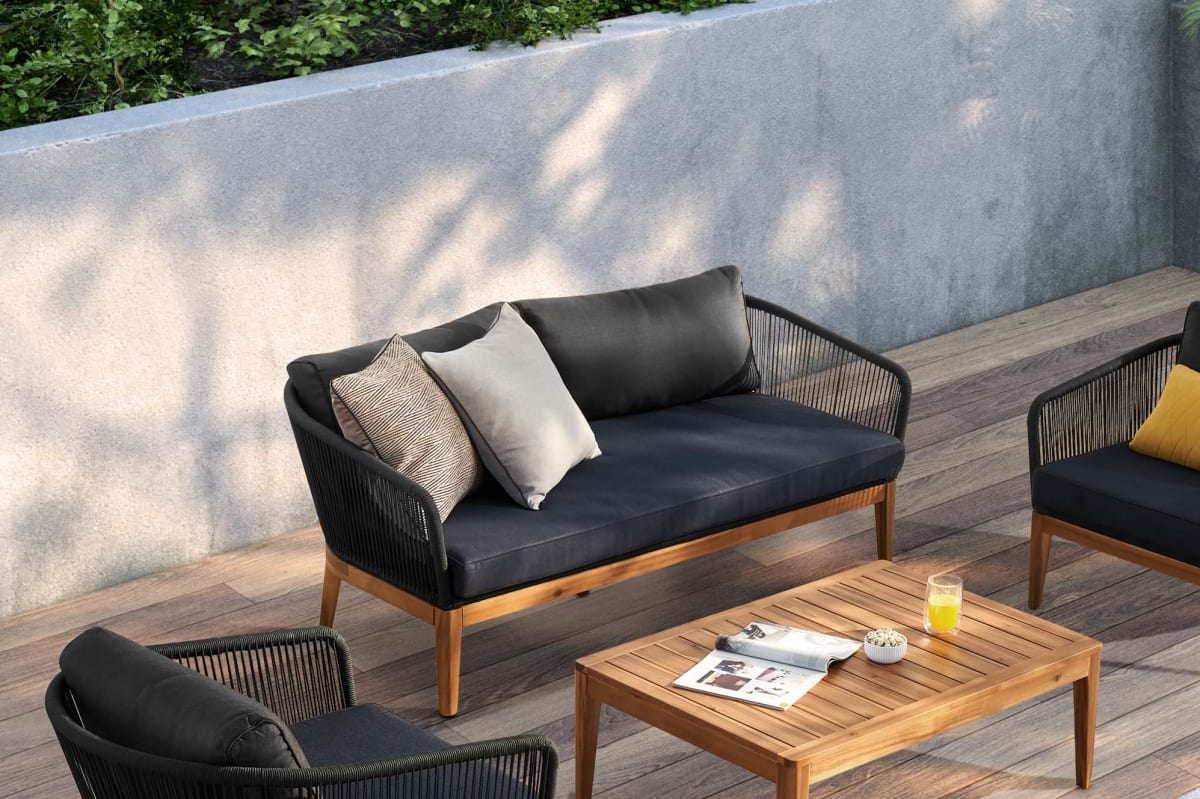

Outdoor Furniture
What Kind Of Foam Is Used In Outdoor Cushions
Modified: March 16, 2024
Discover the best foam for outdoor cushions to ensure long-lasting comfort and durability. Our outdoor furniture foam provides superior performance in any weather condition.
(Many of the links in this article redirect to a specific reviewed product. Your purchase of these products through affiliate links helps to generate commission for Storables.com, at no extra cost. Learn more)
Introduction
Welcome to the wonderful world of outdoor furniture! Whether you have a spacious backyard, a cozy balcony, or a charming patio, having the right outdoor furniture is essential to create a comfortable and inviting outdoor space. And when it comes to outdoor furniture, one element that often gets overlooked but plays a crucial role in enhancing both the style and comfort of your outdoor seating is the cushions.
Outdoor cushions not only provide a soft and cozy seating experience, but they also add a pop of color and style to your outdoor furniture. They are available in a wide range of materials, designs, and colors, allowing you to personalize your outdoor space according to your tastes and preferences.
One crucial component of outdoor cushions is the foam filling. The type of foam used greatly impacts the comfort, durability, and longevity of the cushions. Therefore, it is important to have an understanding of the different types of foam used in outdoor cushions and their characteristics.
In this article, we will explore the various types of foam used in outdoor cushions, factors to consider when choosing foam, and how to maintain your cushions to ensure their longevity.
Key Takeaways:
- Choose outdoor cushion foam based on your comfort needs and climate. Consider durability, comfort, moisture resistance, and quick drying capabilities to ensure long-lasting and cozy outdoor seating.
- Maintain outdoor cushions by regular cleaning and proper storage. Use mild soap for cleaning, ensure cushions are dry before storing, and keep them in a well-ventilated area to preserve their quality for many seasons.
Read more: What Fabric To Use For Outdoor Cushions
Understanding Outdoor Cushions
Outdoor cushions are designed to provide comfort and support when sitting on outdoor furniture such as chairs, benches, and loungers. They are typically made up of two main components: the fabric cover and the foam filling.
The fabric cover of outdoor cushions is designed to be weather-resistant, fade-resistant, and durable. It is often made from materials such as polyester, acrylic, or Sunbrella fabric, which can withstand exposure to outdoor elements like sunlight, rain, and humidity. The fabric cover should also be easy to clean and maintain to ensure long-lasting use.
However, it is the foam filling inside the cushions that provides the softness, support, and shape. The foam filling plays a crucial role in determining the overall comfort and durability of the cushions.
When selecting outdoor cushions, it’s important to consider the type of foam used, as different foams have different qualities and characteristics. Let’s explore some of the most common types of foam found in outdoor cushions.
Types of Foam Used in Outdoor Cushions
When it comes to outdoor cushions, there are several types of foam that are commonly used. Each type of foam has its own unique properties and benefits, which can greatly impact the comfort and durability of the cushions. Let’s take a closer look at some of the most commonly used foams in outdoor cushions:
- Polyurethane Foam: Polyurethane foam is the most widely used foam in outdoor cushions. It is known for its versatility and affordability. Polyurethane foam provides good support and cushioning, making it comfortable to sit on. It is also resistant to moisture and mildew, making it a suitable choice for outdoor use. Polyurethane foam is available in different densities, which affects its firmness and durability.
- Memory Foam: Memory foam is a high-density foam that molds to the shape of your body, providing customized support and exceptional comfort. It is known for its pressure-relieving properties, making it ideal for those who experience discomfort or pain when sitting for extended periods. Memory foam is more expensive than polyurethane foam but offers superior comfort and longevity.
- Open-Cell Foam: Open-cell foam is known for its breathability and quick-drying properties. It has a cell structure that allows air and moisture to pass through easily, preventing the build-up of mold and mildew. Open-cell foam is lightweight and provides a softer and more cushioned feel. However, it may not be as durable as closed-cell foam and may require more frequent replacement.
- Closed-Cell Foam: Closed-cell foam is denser and more rigid compared to open-cell foam. It is highly durable and resistant to water, making it suitable for outdoor use. Closed-cell foam provides firm support and retains its shape over time. It is also less likely to absorb water, which helps prevent the growth of mold and mildew. However, closed-cell foam may feel firmer and less plush compared to other types of foam.
When choosing outdoor cushions, consider your personal preferences for comfort, as well as the climate and weather conditions in your area. It’s important to select a foam type that best suits your needs and ensures long-lasting comfort and durability for your outdoor seating.
When choosing foam for outdoor cushions, look for high-density and open-cell foam, such as reticulated foam, that is resistant to mold, mildew, and water absorption. This type of foam will provide durability and quick drying for outdoor use.
Factors to Consider When Choosing Foam for Outdoor Cushions
When selecting foam for your outdoor cushions, there are several important factors to consider. These factors will ensure that you choose a foam that is not only comfortable but also durable and suitable for outdoor use. Let’s dive into the key factors to consider:
- Durability: Outdoor cushions are exposed to various elements such as sunlight, rain, and temperature fluctuations. When choosing foam, opt for a high-quality foam that is specifically designed for outdoor use. Look for foams that are known for their durability and have a long lifespan. This will ensure that your cushions can withstand the rigors of outdoor conditions and maintain their shape and support.
- Comfort: Comfort is paramount when selecting foam for outdoor cushions. Consider the level of firmness or softness that suits your preferences. Memory foam, for instance, provides exceptional comfort and molds to the shape of your body. Polyurethane foam offers a balance between support and softness. Test out different foams to determine the level of comfort they provide.
- Resistance to Moisture and Mildew: Outdoor cushions are exposed to moisture from rain, pool splashes, and humidity. It is important to choose foam that is resistant to moisture and mildew. Closed-cell foam is a good option as it has a compact structure that prevents the absorption of water and inhibits the growth of mold and mildew. Open-cell foam should be treated or coated to make it resistant to moisture.
- Quick Drying: In case your cushions get wet, it is important for the foam to have quick-drying properties. Foam that dries quickly helps prevent the formation of mold and mildew. Open-cell foam is known for its quick-drying abilities due to its porous structure. Look for foam that has been treated to enhance its water resistance and quick-drying capabilities.
By considering these key factors, you can select the right foam for your outdoor cushions that not only provides the desired level of comfort but also withstands the outdoor elements, making them last longer.
Maintaining Outdoor Cushions with Foam
Proper maintenance is essential to prolong the life and beauty of your outdoor cushions. Here are two crucial aspects of maintaining your outdoor cushions with foam: cleaning and storing.
- Cleaning: Regular cleaning of your outdoor cushions is necessary to remove dirt, stains, and any build-up of debris. Before cleaning, check the care instructions provided by the manufacturer to ensure that you use the appropriate cleaning method. In general, most outdoor cushions can be cleaned using mild soap or detergent mixed with water. Gently scrub the fabric cover with a soft brush or cloth and rinse thoroughly. Avoid using harsh chemicals or abrasive cleaners that can damage the fabric or foam. Allow the cushions to air dry completely before putting them back in place.
- Storing: Proper storage during the off-season or when not in use is crucial to protect your outdoor cushions from harsh weather and prolong their lifespan. Before storing, make sure the cushions are completely dry to prevent the growth of mold and mildew. Clean the cushions as mentioned above, ensuring that no moisture is trapped. Next, store the cushions in a clean, dry, and well-ventilated area. Ideally, use a storage container or cover made from breathable material to protect the cushions from dust and dirt while allowing for airflow. Alternatively, you can stack the cushions in a location that is shielded from sunlight and rain. Avoid directly placing them on the ground as it can lead to dampness. Regularly check the cushions for any signs of damage or mildew growth during storage and take appropriate actions if needed.
By following these maintenance practices, you can keep your outdoor cushions with foam clean, fresh, and in good condition for many seasons to come.
Conclusion
Outdoor cushions are an essential component of creating a comfortable and inviting outdoor space. The foam filling used in these cushions greatly affects their comfort, durability, and overall quality. When selecting foam for your outdoor cushions, consider factors such as durability, comfort, resistance to moisture and mildew, and quick drying capabilities.
Polyurethane foam, memory foam, open-cell foam, and closed-cell foam are some common types of foam used in outdoor cushions, each with its own unique properties and benefits. Choosing the right foam type depends on your personal preferences, climate, and desired level of comfort.
Proper maintenance of your outdoor cushions is crucial to ensure their longevity. Regular cleaning, using mild soap and water, removes dirt and stains from the fabric cover. When storing the cushions during the off-season, make sure they are completely dry and stored in a clean, dry, and well-ventilated area.
By taking the time to choose the right foam and maintaining your outdoor cushions properly, you can enjoy comfortable and durable seating for years to come. So go ahead, enhance your outdoor space with stylish and comfortable cushions, and create an oasis for relaxation and enjoyment.
Frequently Asked Questions about What Kind Of Foam Is Used In Outdoor Cushions
Was this page helpful?
At Storables.com, we guarantee accurate and reliable information. Our content, validated by Expert Board Contributors, is crafted following stringent Editorial Policies. We're committed to providing you with well-researched, expert-backed insights for all your informational needs.

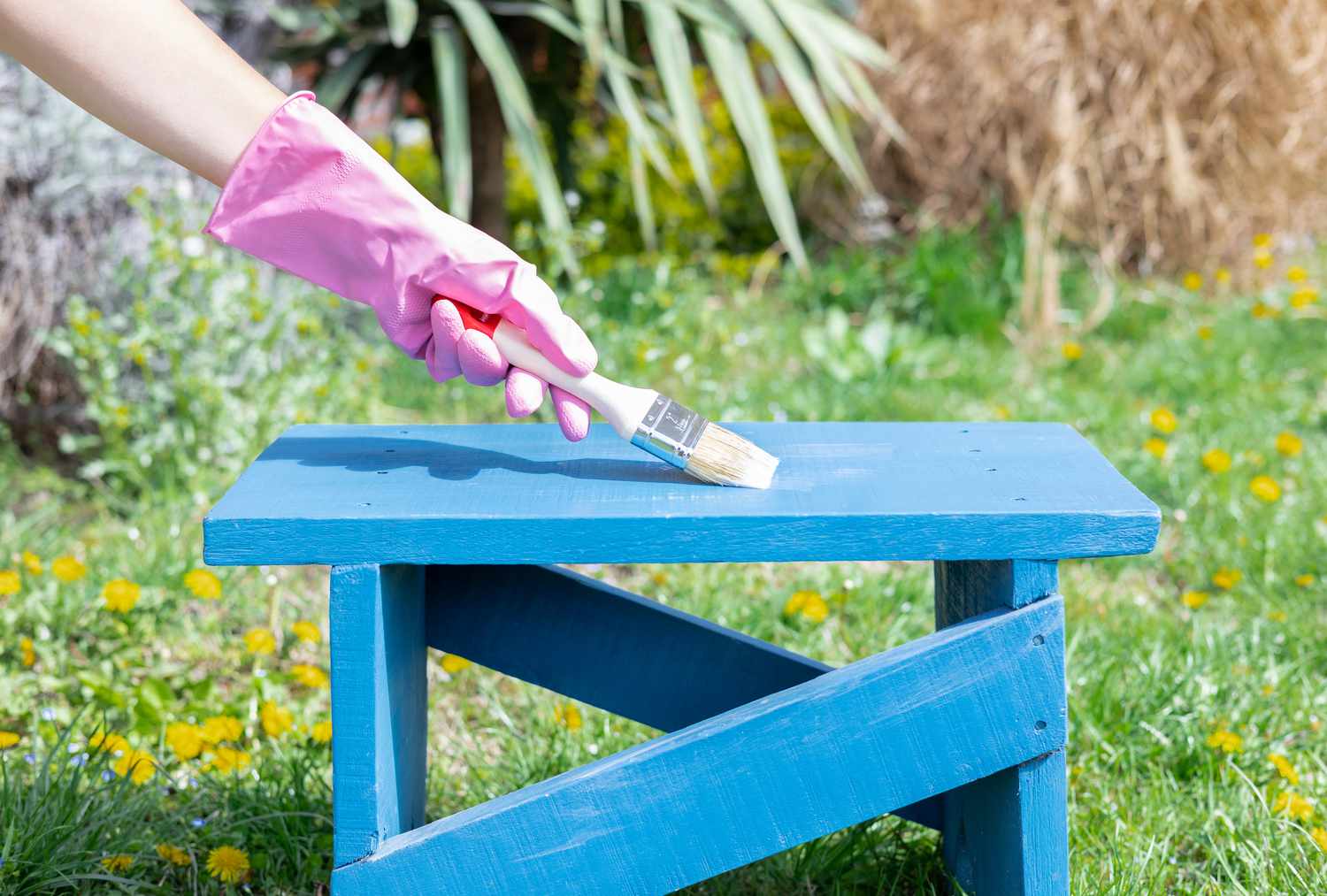

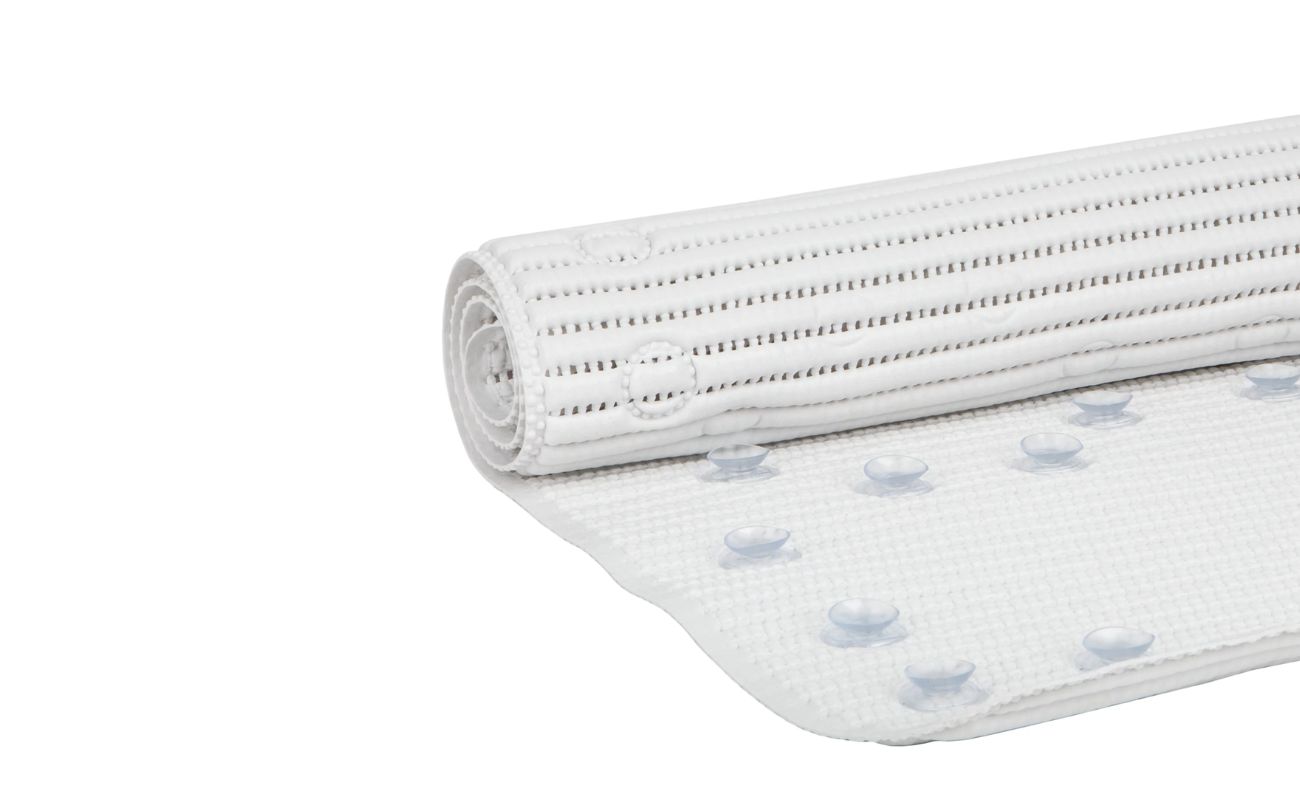
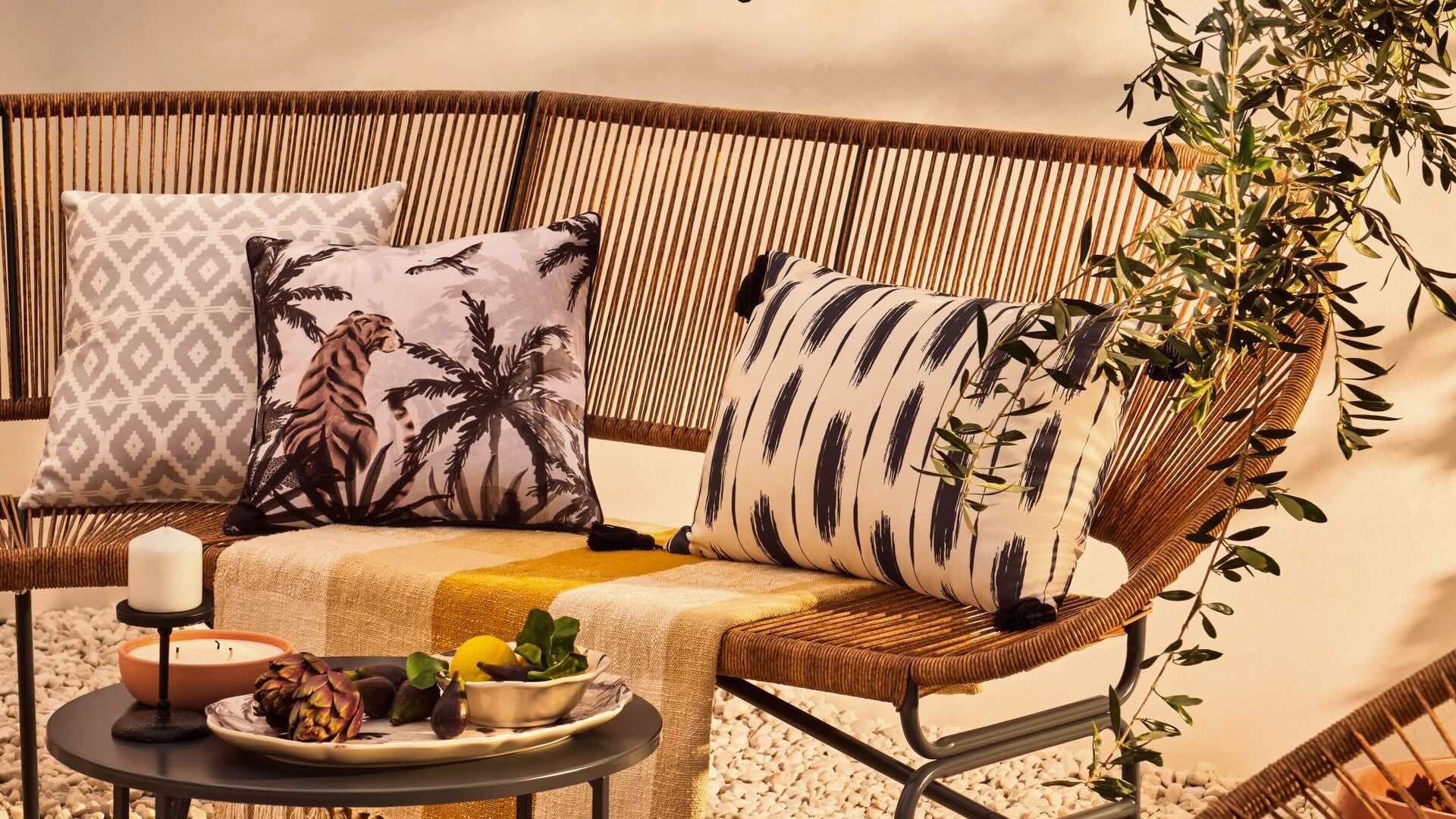
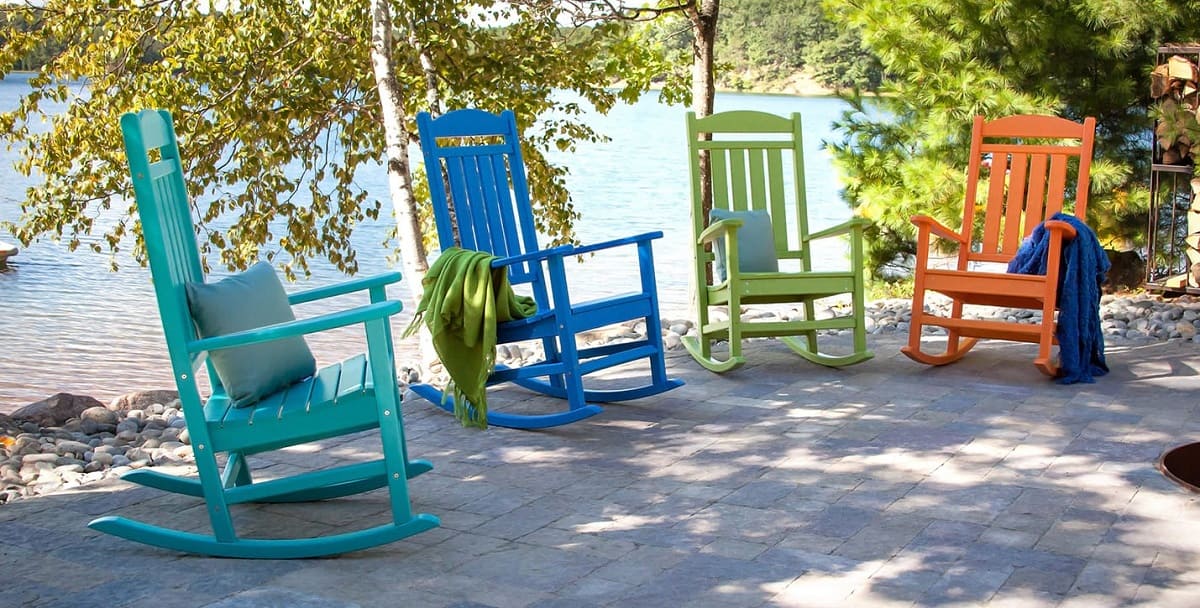

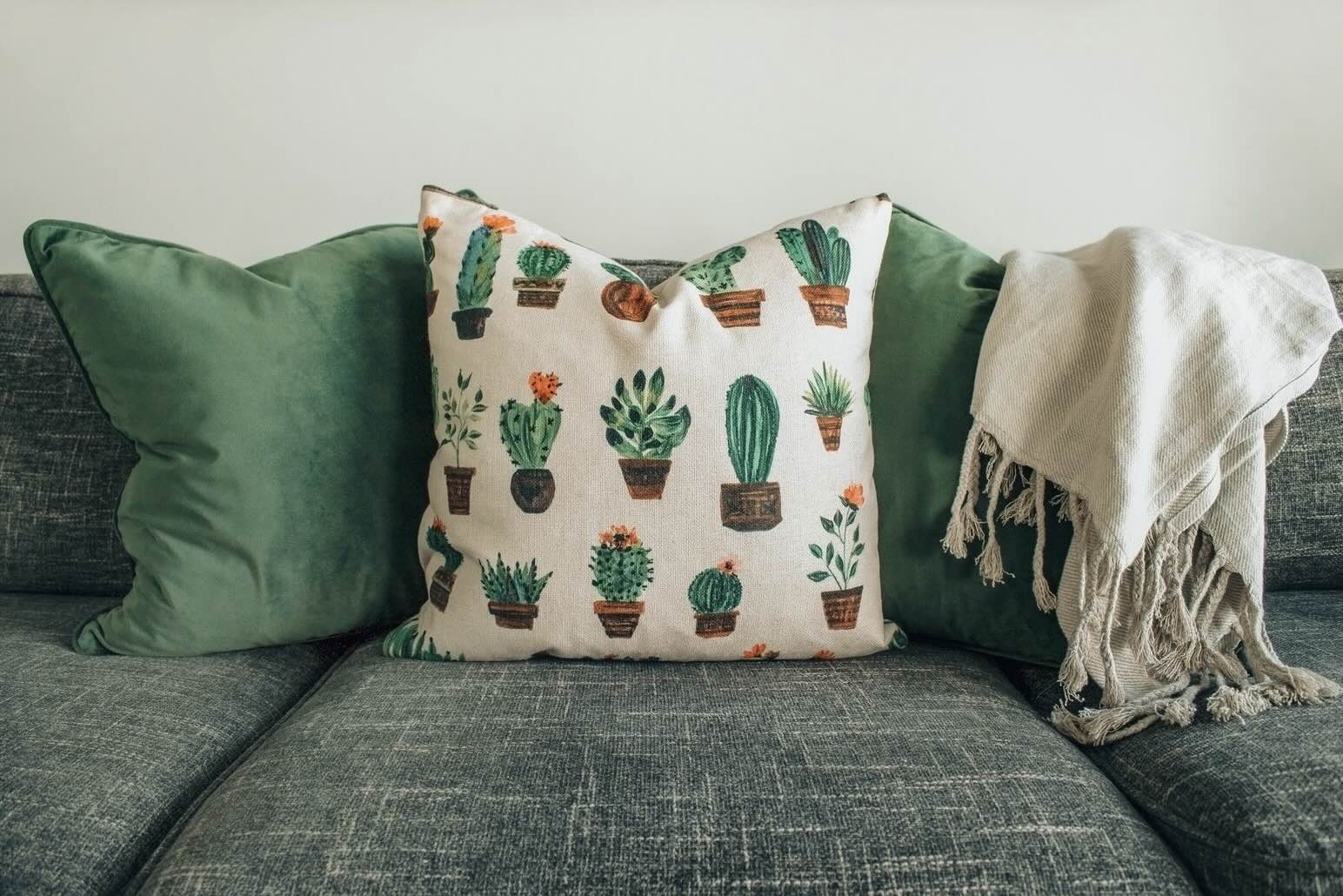
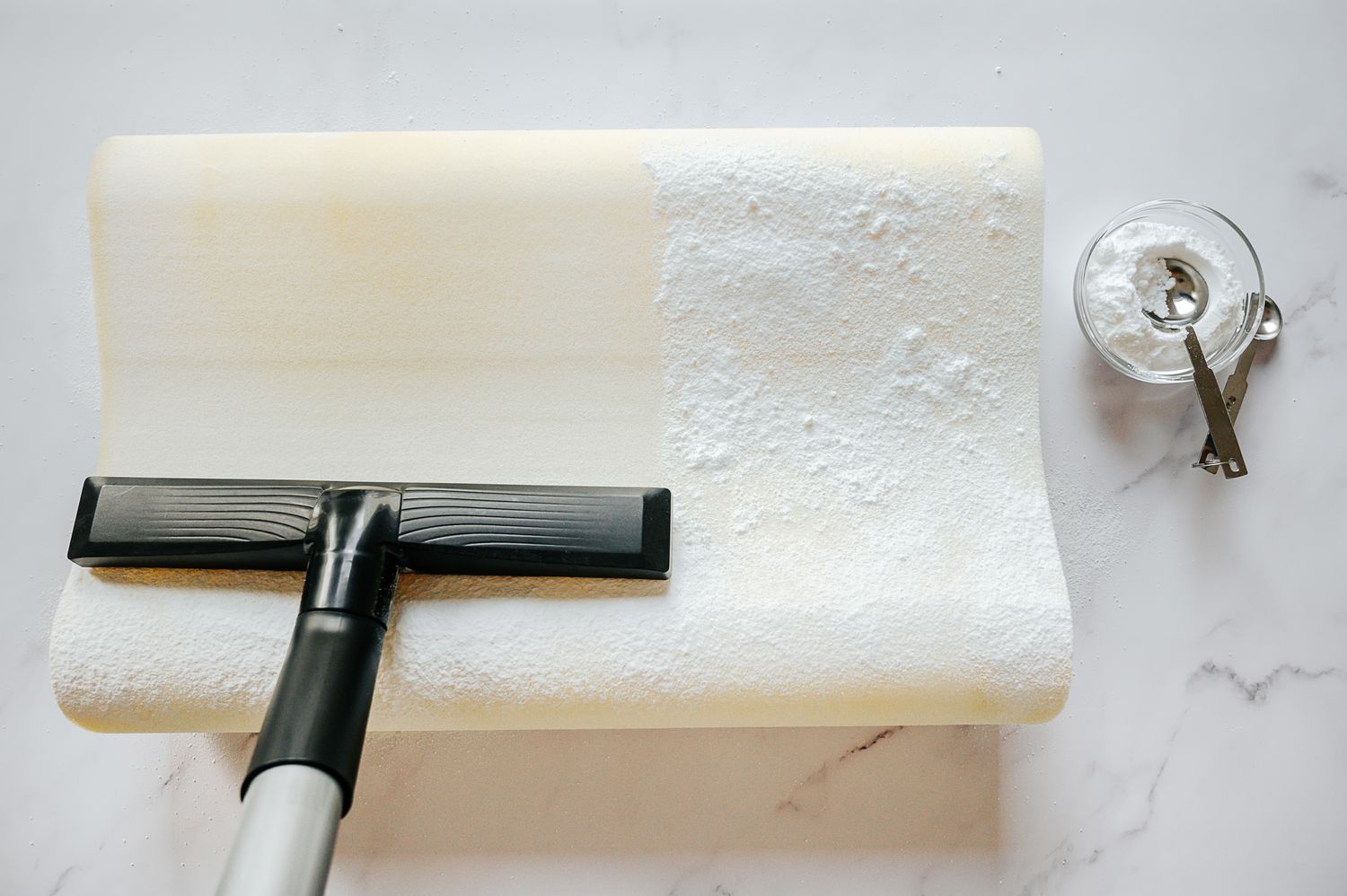
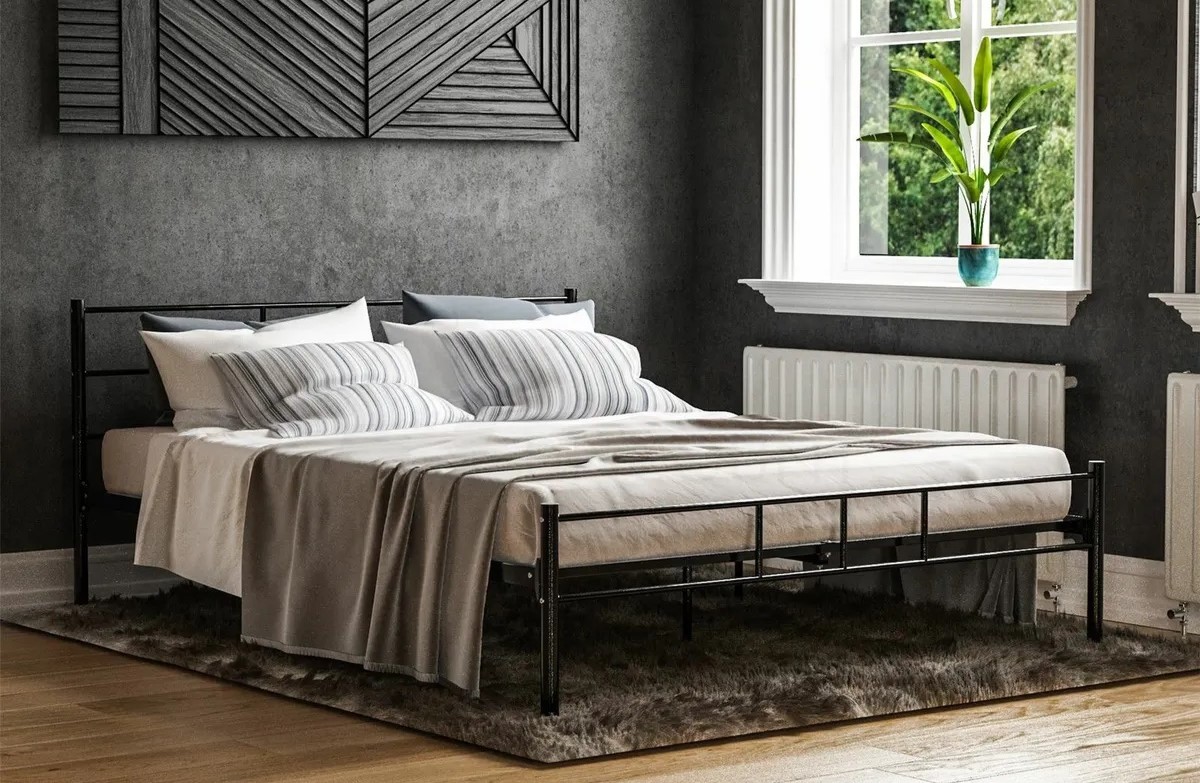
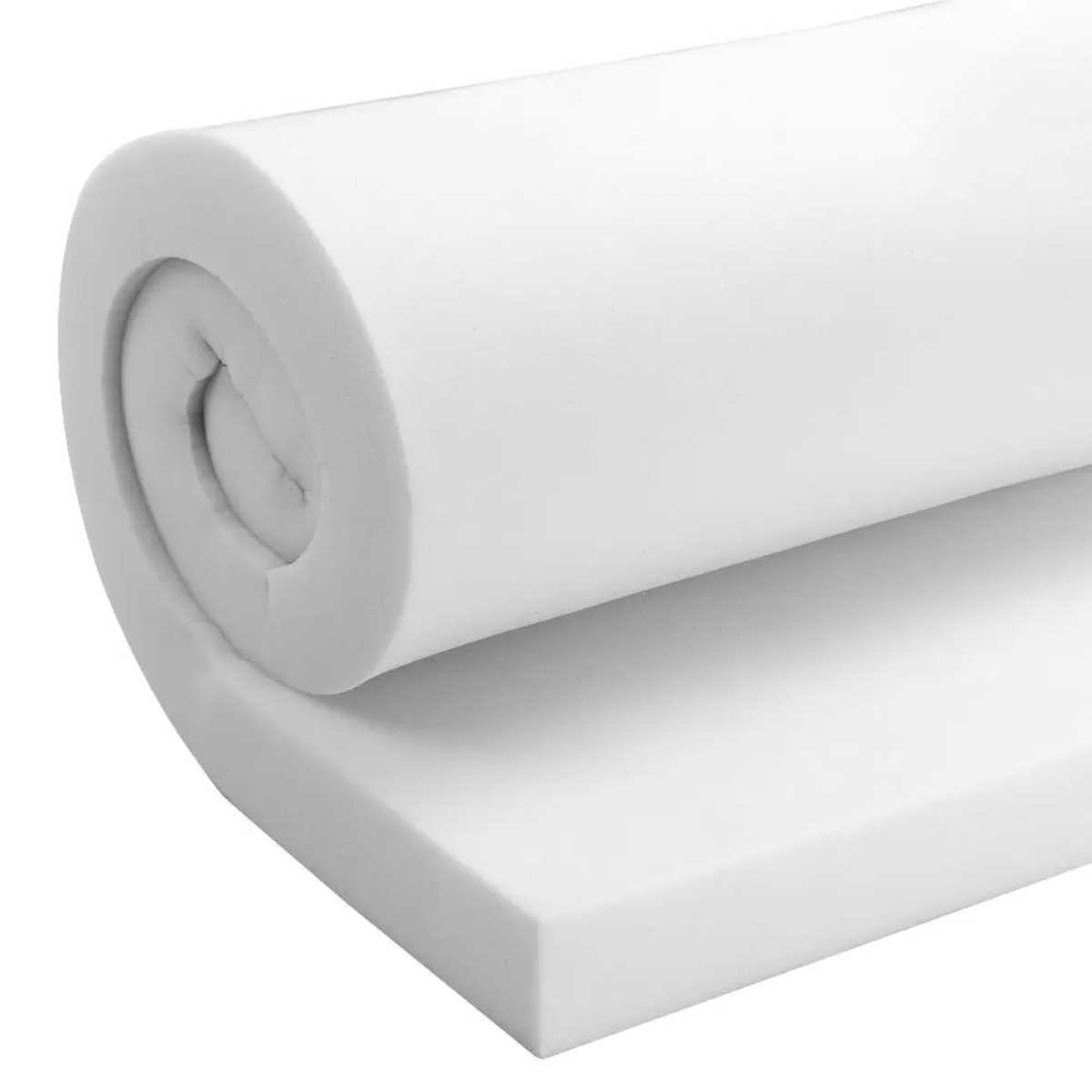
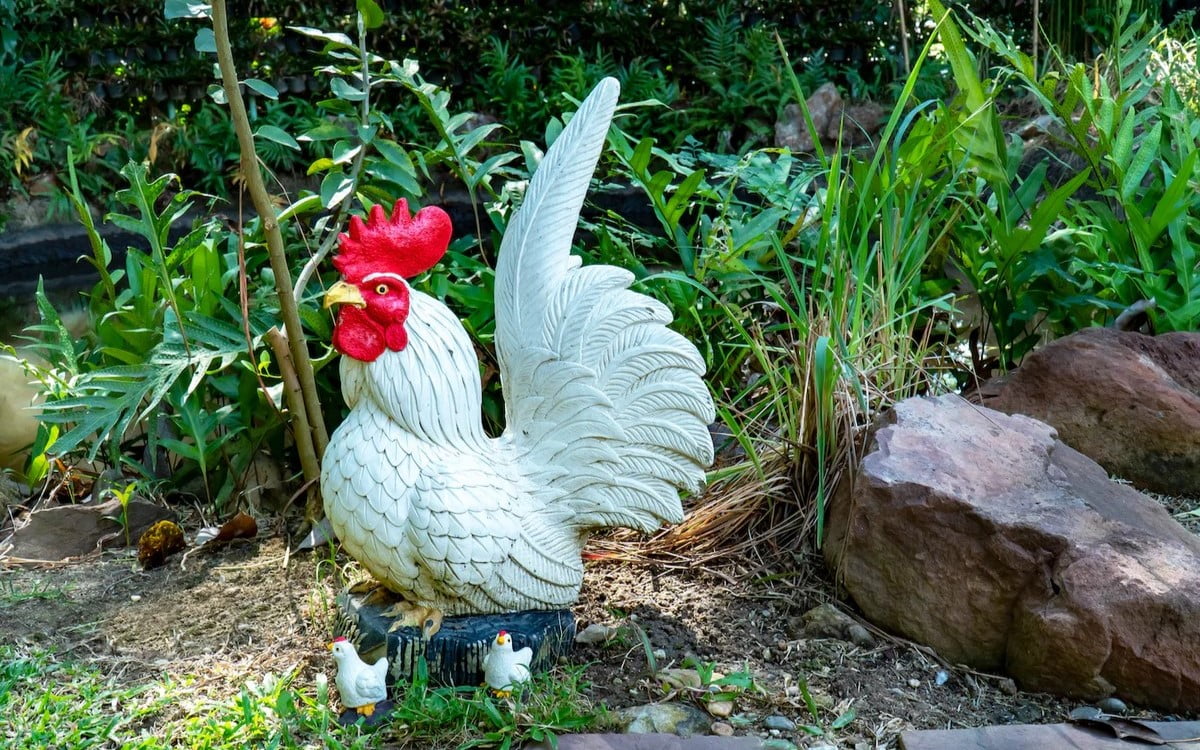
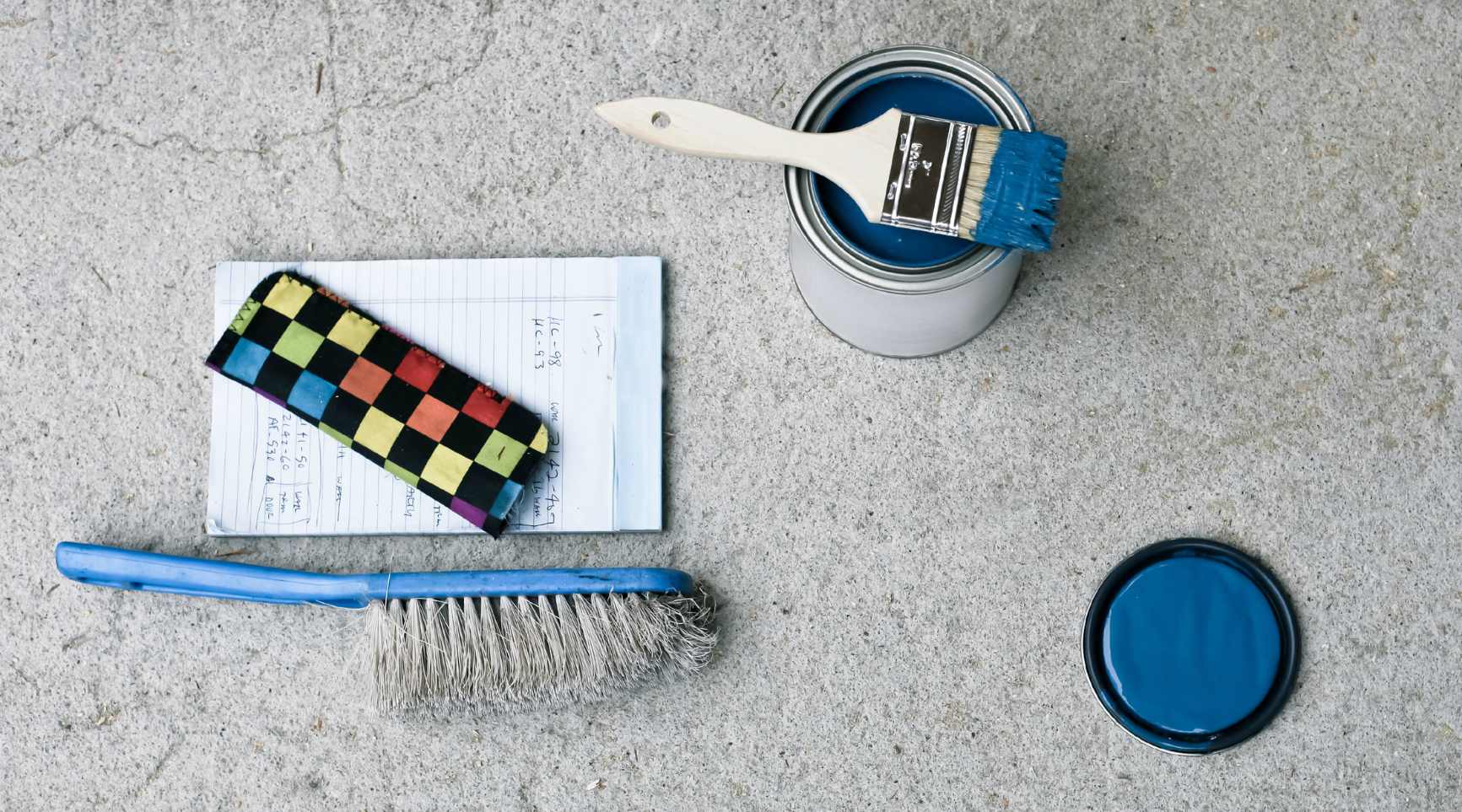


0 thoughts on “What Kind Of Foam Is Used In Outdoor Cushions”